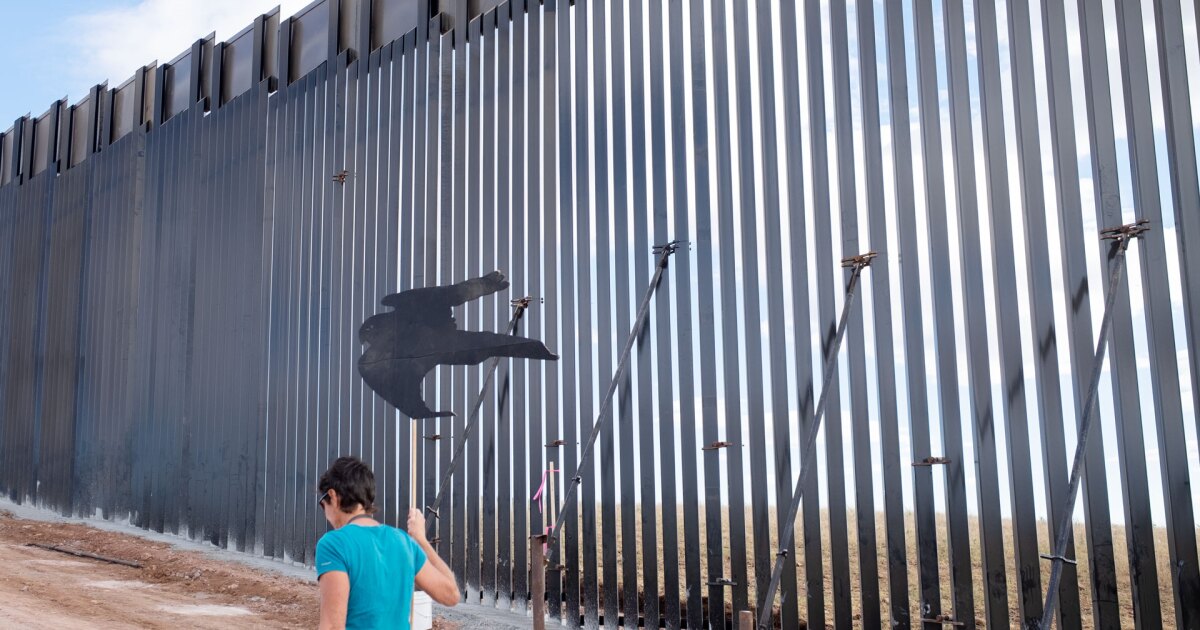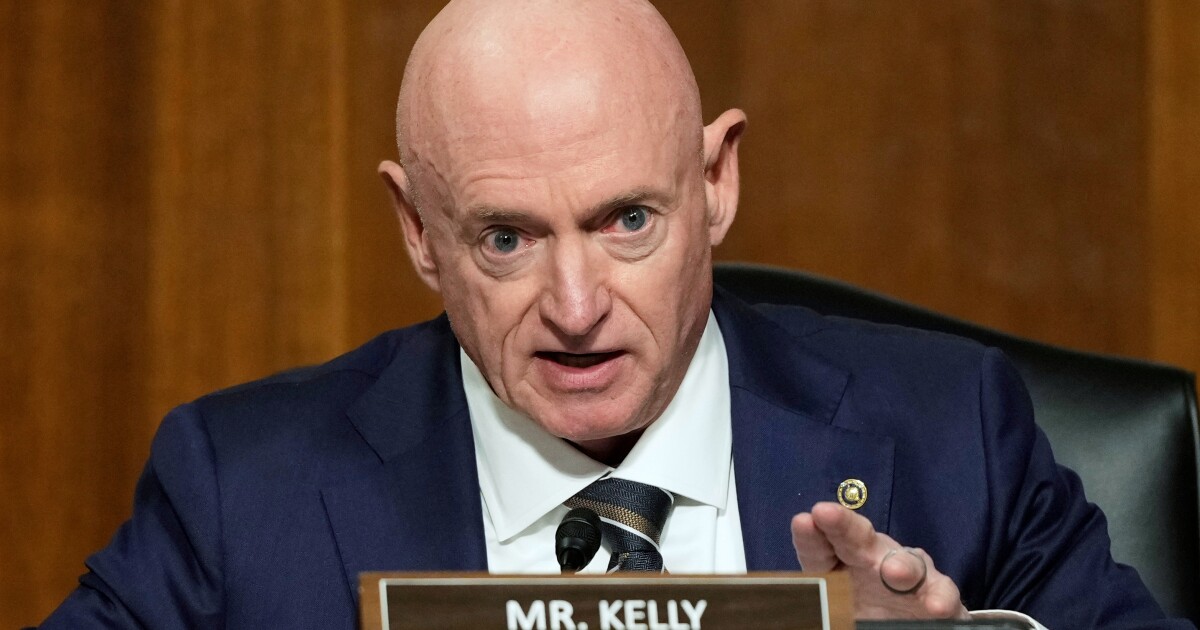Grizzly bears across the Lower 48 will be federally managed as one population, according to a new U.S. Fish and Wildlife Service rule. This proposal retains the bears’ threatened status under the Endangered Species Act and dismisses Montana, Idaho, and Wyoming’s petitions to delist them. FWS stated these states’ largest grizzly concentrations don’t qualify as distinct population segments. This decision will officially publish in the Federal Register, initiating a 60-day public comment period.
The reclassification aims to aid grizzly bear recovery, offering better management tools for agencies and landowners to address human-bear conflicts. FWS Director Martha Williams emphasized the importance of this step for grizzly bear conservation. Montana Gov. Greg Gianforte criticized the decision, claiming it undermines state management rights and accusing President Biden of mismanagement. Gianforte, Wyoming Gov. Mark Gordon, and Idaho Gov. Brad Little had previously petitioned for state control over grizzlies.
Conservation advocates welcomed the FWS’s move, seeing it as essential for ensuring long-term grizzly recovery in the Northern Rockies. Andrea Zaccardi from the Center for Biological Diversity praised continued federal protections as necessary for preventing excessive hunting. Long-term recovery remains a concern, with Montana officials like Christy Clark seeking state management to address increasing human-bear conflicts.
The FWS’s proposal, however, has disappointed some stakeholders, such as livestock producers, as grizzlies are venturing into new habitats, triggering more conflicts. The plan suggests a unified grizzly population for better species management. Proponents argue it reflects the latest scientific insights on grizzly habitats, which have expanded beyond initial recovery targets.
Historically, grizzlies in the Lower 48 were protected under the Endangered Species Act in 1975 when their numbers dwindled to about 600. Today, core populations in the Greater Yellowstone and Northern Continental Divide Ecosystems total around 2,000 bears. Other recovery zones, like the Cabinet-Yaak and Selkirk, host smaller populations. Some areas, such as the Bitterroot and North Cascades, have seen little to no permanent grizzly presence.
Public meetings on the FWS decision will be held in Missoula and Coeur d’Alene, with a virtual session also planned. Details on dates and venues are available on the FWS website.
—
Read More Montana News










